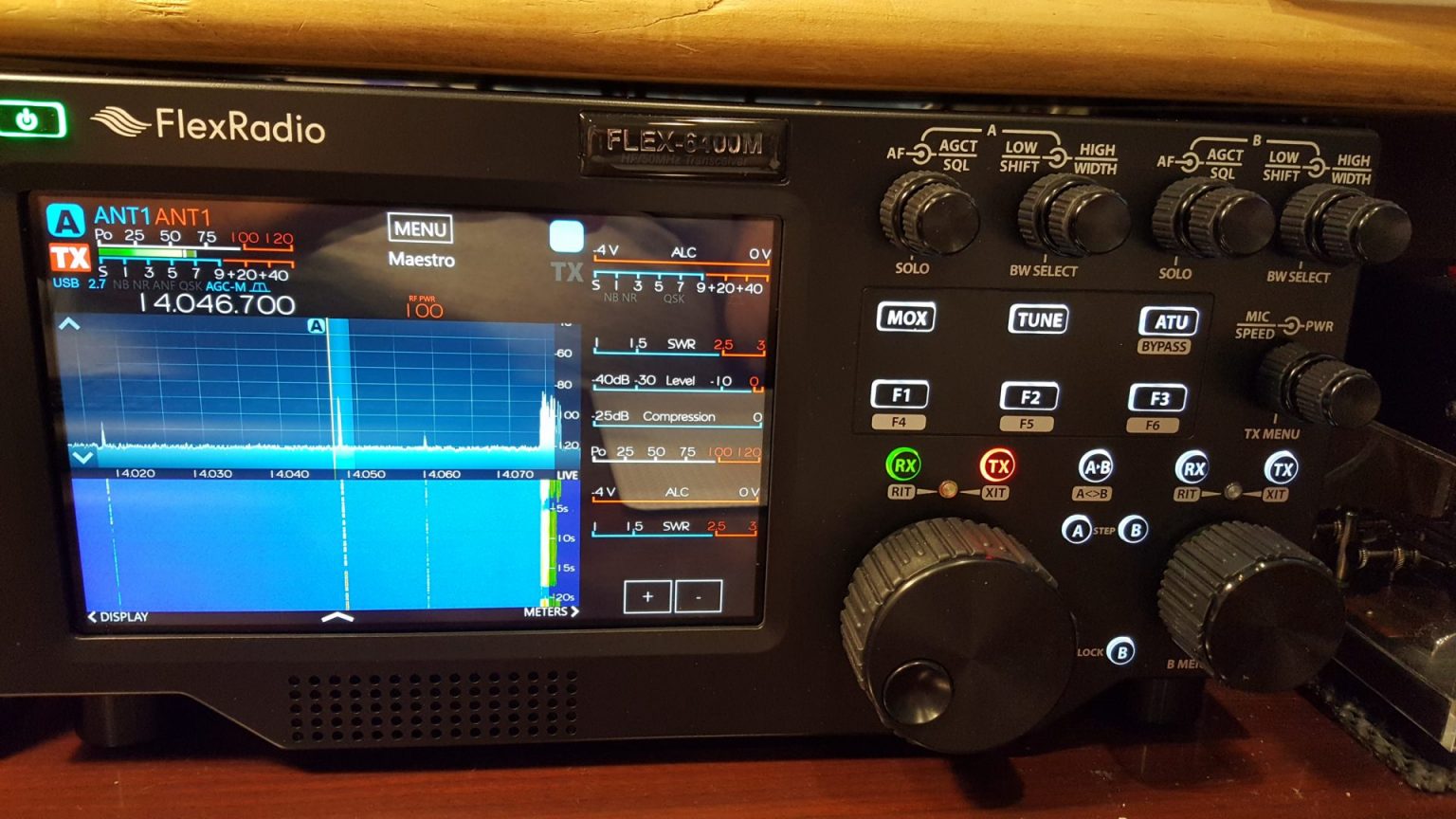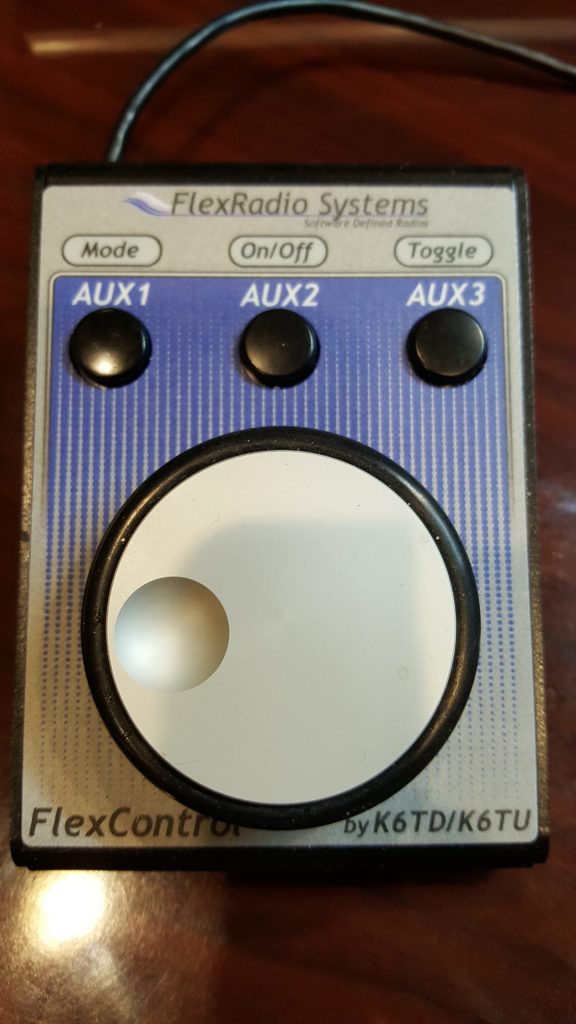

The Lower Mid Range in general can be viewed as the "Bass Presence Range" Increasing this range gives clarity to the bass line. The lower part of this range (250 Hz to 350 Hz) is sometimes referred to as "Upper Bass" and is used to increase distinction and fullness on the vocal, especially on female singers. Equalization in this range is applied at many frequencies but most often between 300 Hz and 400 Hz.

This range can often be reduced to increase distinction on the vocal. For vocals the 200 Hz range determines the fullness of the vocal. The lowest fundamental frequency on a guitar is around 80 Hz. Reducing the 100 Hz energy on the guitar will usually cause distinction between the bass and guitar parts. Similar to how the 50 Hz range affects the bass and foot, the guitars should sound fatter when played loud, not boomy. Excessive energy in this range tends to make these instruments sound "boomy." This range of frequencies is still greatly affected by the Fletcher-Muson Effect this means you will need to listen to the mix and instrument both loud and soft. For guitars and bass, the 100 Hz range tends to add body and fullness. Equalization is usually applied centered around two frequencies, 100 Hz and 200 Hz. Bass - Covering about 1.5 octaves, from 80 Hz to 250 Hz, this range of frequencies determines the "fatness" and "fullness" of the instrument's sound.By boosting the energy on only one or two instruments, "clarity" can be achieved without "mud."

Usually, however, it is not the entire mix that is boosted below 80 Hz, but just, for example, the foot drum. This is what causes cars equipped with sub-woofers to shake. Rap, Hip Hop and "Dance" music (under various names) often have extra energy in the low-bass range. You want the mix or instrument to sound larger and more powerful over large speakers without sounding muddy. Too much energy in this range will make the mix sound muddy on large speakers played loud and still sound good on small speakers played at a medium volume. You also may want to listen to the mix or instrument on large and small speaker systems. To properly set the amount of low bass in your mix or in your instrument sound, you must listen both loud and soft. This range is difficult to hear at all at medium and low volume levels because of the Fletcher-Munson Effect. This range is way down or non-existent in smaller stereo systems. The first octave that we deal with (40 - 80Hz) gives more of a "feeling" and sense of "power" to the sound. If there are objectionable sounds in this range, the range can usually be taken entirely out with a filter. While mixing, watch out for objectionable sounds below 40 Hz caused by building shifts and mic stands moving with heavy footsteps. Thunder, earthquakes and rumble from the building shaking extend below 40 Hz. The lowest pitch on a bass guitar or string bass is at 41 Hz. The lowest pipes of a pipe organ will get into this range but more "ordinary" instruments like Bass Guitar, Upright Bass and Foot Drums do not.

This range of frequencies is often referred to as "Low Bass" There is sound between 20 Hz and 40 Hz but little or no sound from instruments.
Flexradio voice keyer rumlogng professional#
A Tips and Tricks section at the the end features various professional engineers offering their perspective on EQ techniques.īefore we examine some methods of equalizing, it’s important to note the areas of the audio band and what effect they have on what we hear. The following excerpt from "The Mixing Engineer's Handbook" by engineer Bobby Owsinski discusses how EQ can affect different frequencies in an audio mix.


 0 kommentar(er)
0 kommentar(er)
